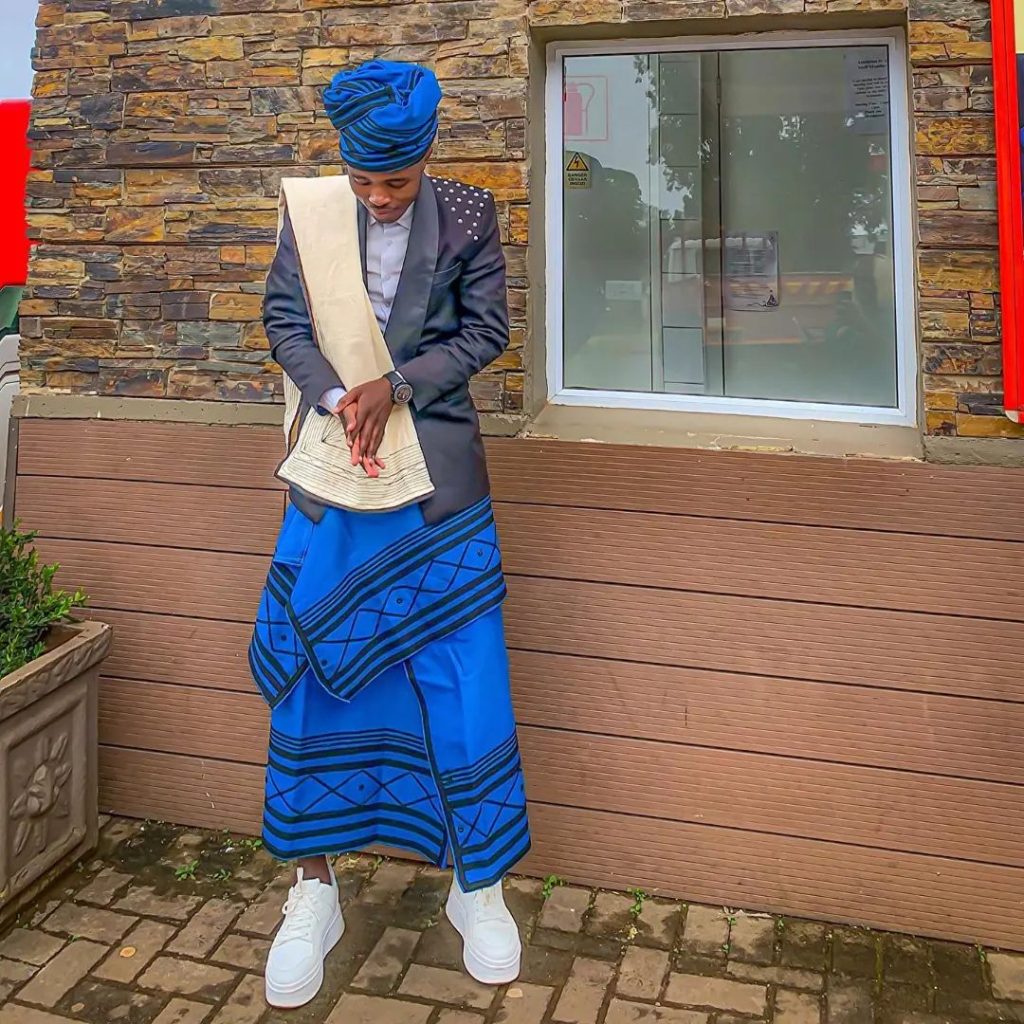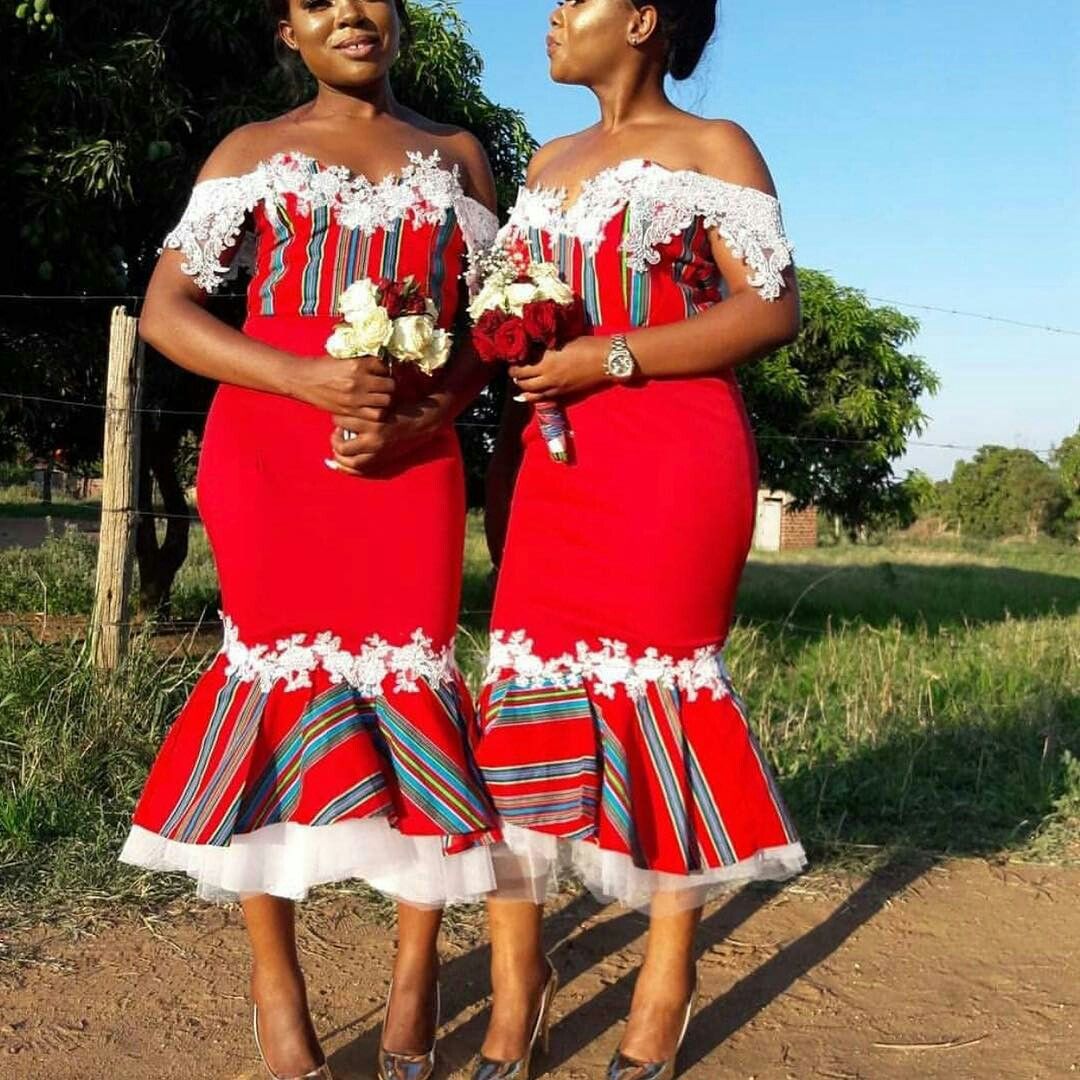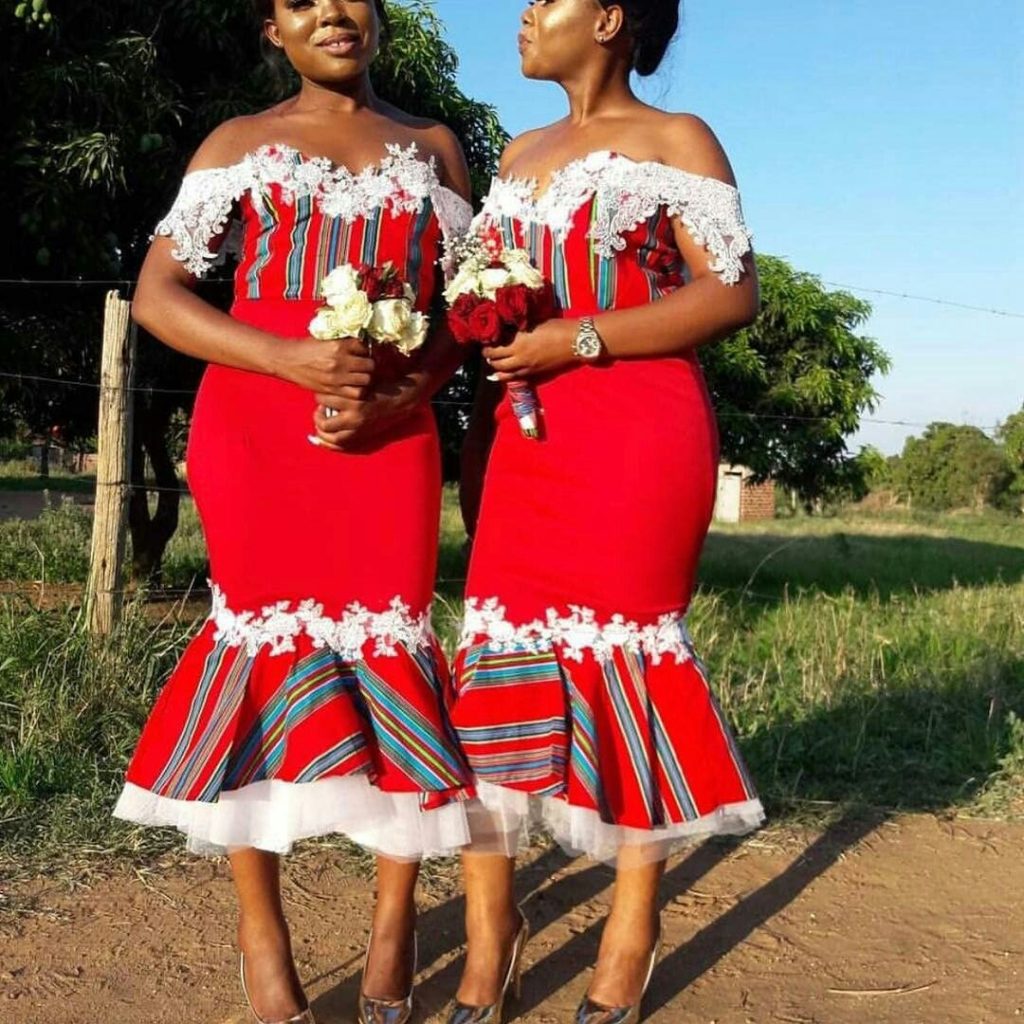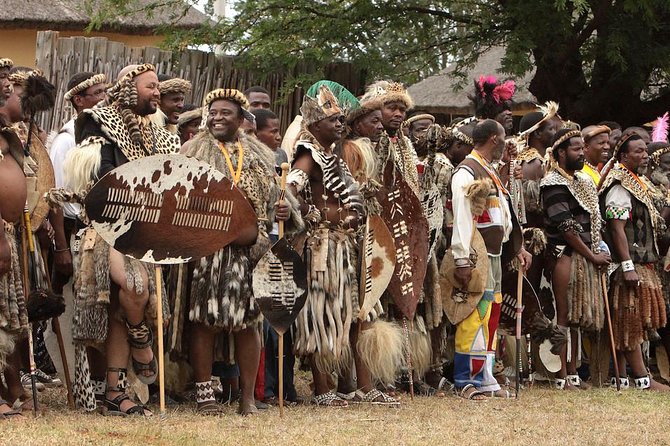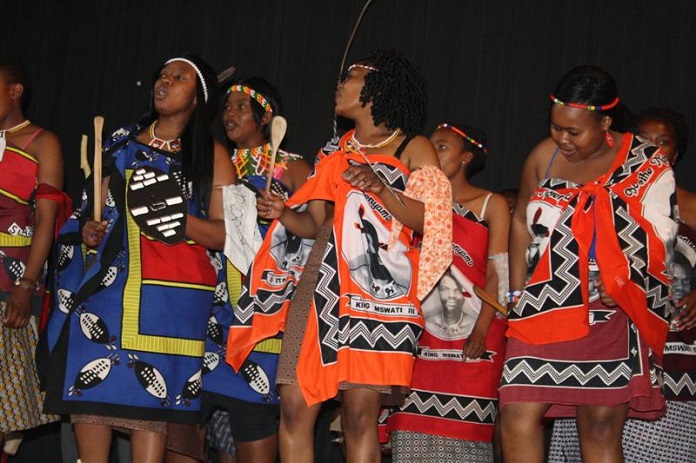Black and White Zulu Traditional Attire
Zulu traditional attire is renowned for its vibrant and symbolic expressions of cultural pride. However, one of the most striking and unique variations of Zulu traditional attire is the black and white ensemble. This attire not only reflects the rich heritage of the Zulu people but also serves as a powerful representation of identity and unity.
The Significance of Black and White in Zulu Culture
In Zulu culture, colors are not merely decorative; they carry deep meanings and are used to communicate various aspects of life. Black and white are particularly significant in Zulu traditional attire. The combination of these two colors symbolizes balance, harmony, and the coexistence of opposites. Black often represents power, strength, and the ancestors, while white symbolizes purity, spirituality, and new beginnings.
Components of Black and White Zulu Traditional Attire
The black and white Zulu traditional attire is composed of several key elements that come together to create a visually striking and culturally meaningful outfit.
1. Isidwaba (Leather Skirt)
The isidwaba is a traditional leather skirt worn by Zulu women. In the black and white variation, the isidwaba is often adorned with intricate beadwork in black and white patterns. This skirt is a symbol of womanhood and is worn during significant cultural ceremonies such as weddings.
2. Ibheshu (Leather Apron)
For men, the ibheshu is a key component of traditional attire. It is a leather apron worn at the front and back, usually made from cowhide. In the black and white ensemble, the ibheshu is decorated with black and white beadwork, signifying the wearer’s status and role within the community.
3. Umqhele (Headband)
The umqhele is a traditional headband worn by both men and women. It is typically made from animal skin or beads. In black and white attire, the umqhele is intricately beaded to match the rest of the outfit, and it is worn during important cultural events.
4. Isicoco (Headring)
The isicoco is a headring worn by Zulu men as a sign of maturity and readiness for marriage. In the context of black and white traditional attire, the isicoco is often embellished with black and white beads, adding to the overall elegance of the outfit.
5. Imvunulo (Traditional Ornaments)
Imvunulo refers to the traditional ornaments worn to complete the Zulu attire. These include necklaces, bracelets, and anklets made from beads, often in the black and white color scheme. These ornaments are not only decorative but also serve to communicate the wearer’s social status and heritage.
Occasions for Wearing Black and White Zulu Traditional Attire
The black and white Zulu traditional attire is worn during various cultural events, such as weddings, initiation ceremonies, and cultural festivals. It is also commonly seen during Heritage Day celebrations in South Africa, where people showcase their traditional attire with pride.
Preservation of Zulu Culture Through Traditional Attire
Wearing traditional attire, especially in the black and white color scheme, is a way for the Zulu people to preserve their cultural heritage. It is a reminder of the values, beliefs, and history that have been passed down through generations. By donning these traditional garments, the Zulu people keep their culture alive and continue to educate younger generations about their rich heritage.
The black and white Zulu traditional attire is more than just clothing; it is a powerful symbol of Zulu identity, culture, and heritage. Whether worn during ceremonies or cultural celebrations, this attire serves as a reminder of the deep-rooted traditions that continue to thrive in modern times.
For more insights into Zulu traditional attire, you can visit Traditional Attire. Additionally, you can learn more about the significance of traditional Zulu attire and its cultural impact by exploring articles from relevant authorities on the topic.
